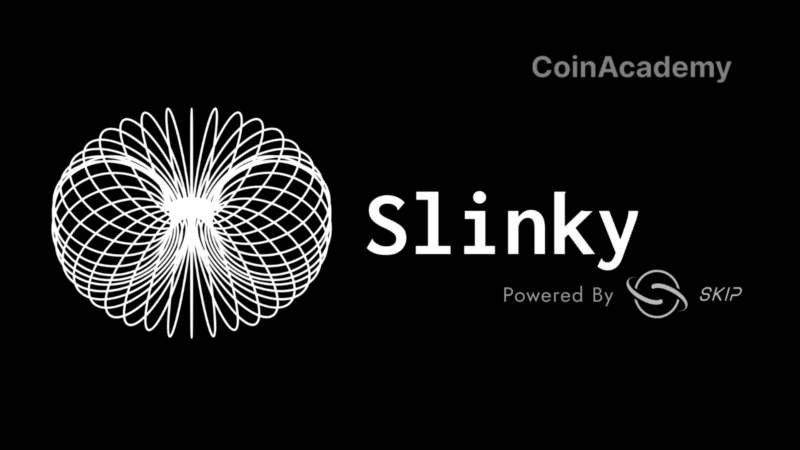The Debate on the Future of Solidity Shakes the Ethereum Ecosystem
A simple message posted on X by Georgios Konstantopoulos, the CTO of Paradigm, was enough to ignite discussions within the Ethereum community. He wrote, “Solidity is in a problematic state,” sparking a series of direct questions: Should the language be improved? Abandoned? Replaced with Vyper or a new one created?
Solidity, which has been used since the early days of Ethereum to write smart contracts, is at the heart of the decentralized application infrastructure. But as the total value locked in decentralized finance exceeds $130 billion, the question of the language’s reliability is no longer insignificant.
The Move Towards a Safer and Modern Language?
Some developers see this as an opportunity to rebuild on a stronger foundation. The founder of DeFiLlama, 0xngmi, has proposed a radically different approach: a language centered not on instructions, but on state transitions, which can limit errors and enhance contract security.
Other voices, like Neil Harounian, former ecosystem lead at Aptos Labs, advocate for a more systemic change, citing Rust and Move as the top candidates:
If the current state of Solidity costs the ecosystem more than transitioning to another language, then it is time to conduct a campaign to identify a viable alternative.
Rust, already widely used on Solana, often comes up in discussions. But its integration into the Ethereum ecosystem still raises technical questions, particularly about its compatibility and the necessary tools for adoption.
Improving Solidity Rather Than Replacing It?
In the face of calls for change, another part of the community takes a more pragmatic stance. For many developers, it is “too late to turn back.” Instead of starting from scratch, they call for improving the Solidity ecosystem with better tools, an enriched developer experience, and a collective effort on documentation.
This position is based on the observation that Solidity remains extremely dominant today. According to data from DeFiLlama, it secures over $132.1 billion in value, compared to $13.4 billion for Rust and only $1.8 billion for Vyper.
Vyper, the Alternative Championed by Curve
In this language battle, Vyper also has its advocates. Developed in 2016 by Vitalik Buterin, it has found a strong supporter in Michael Egorov, the founder of Curve Finance. He sees Vyper as a safer, more readable, and better-maintained alternative to Solidity.
“The Solidity compiler is burdened with immense technical debt,” he wrote, urging developers to test Vyper, which he praises for its stability and rigor. He often compares it to Python compared to PHP or Java, believing that it could ultimately surpass Solidity.
A Strategic Re-evaluation
This technical debate actually stems from a larger question: Is the Ethereum ecosystem ready to question one of its historical pillars in favor of improved security and developer experience? The answer is not yet decided, but the stance taken by the CTO of Paradigm has unquestionably reignited a fundamental discussion that many deemed inevitable.




